The condensing turbine is able to use the total energy of the inlet steam flow to a maximum extent. Therefore, this type of turbine is used for power utilities that want to supply electricity to consumers as much as possible.
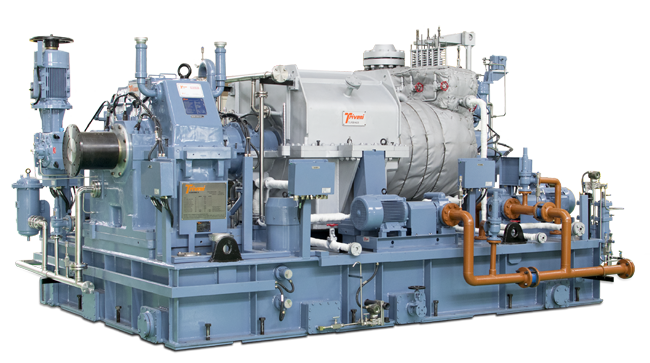
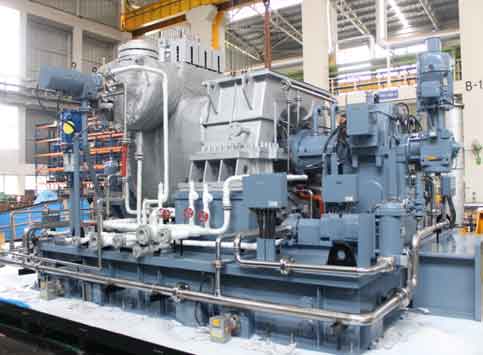
In a Straight Condensing type steam turbine, the heat energy of steam is completely converted into mechanical energy (torque).
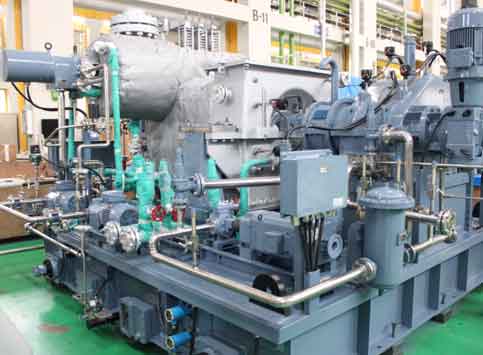
One of the most versatile setups in terms of operation and intricate in terms of design. It provides a constant pressure steam through a controlled extraction at various loading conditions of the turbine-based on seasonal variations.
A control valve integrated with the steam path is provided at a predetermined stage. A partial steam flow is drawn out of the turbine at a constant pressure as per the process requirement. There are basically two types control valves a) Diaphragm, b) Passing/Throttle Valve, that controls the flow of steam at a preset pressure accommodating the seasonal variation of turbine load.
The control system works on a closed loop feedback mechanism. The pressure at the user end is measured and a feed back is provided to the control system. Based on this error signal the feedback control system actuates a control valve designed to vary the area of the valve aperture and thereby regulate the pressure. This setup is applied for processes where the steam pressure is a critical parameter.
In some cases a nozzle/port is provided at a predetermined stage and an un-controlled high-pressure steam flow/bleed is drawn out of the turbine. This tap is provided before the controlled extraction in the steam path of turbine. Its utility is found mainly in LP heating requirements like de-aerator and processes.
Controlled/ Un-controlled condensing type turbines are used in Co-generation application and offer maximum cycle efficiency to the user.
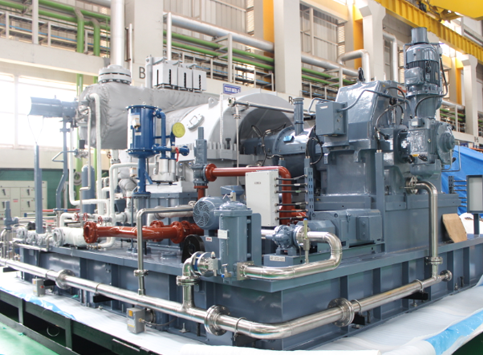
In an un-controlled extraction type, a tap is provided at a predetermined stage and a partial stream of steam is drawn out of the turbine.
The un-controlled extraction of steam is deployed for process applications (with smaller quantity of steam flow and set temperature requirements) and Low Pressure heating application like de-aerator for heating solutions.
This turbine setup is usually deployed in Independent Power Plants, Captive Power Plants and Co-generation plants.
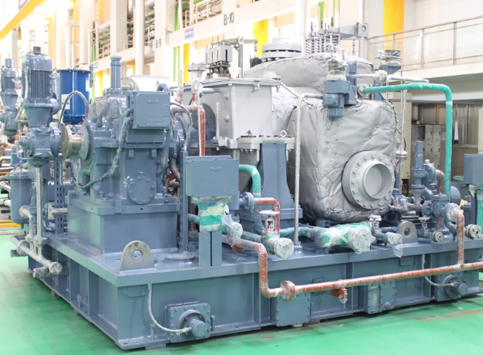
Single Cylinder design with Control extraction valves at two different stages to provide constant pressure steam at pre-determined values. A partial steam flow is drawn out of the turbine at constant pressures as per the process requirements. Control valves are basically two types a) Diaphragm, b) Passing/Throttle Valve, that controls the flow of steam at a preset pressures accommodating the seasonal variation of turbine load.
The control system works on a closed loop feedback mechanism. The pressure at the user end (Process line) is measured and a feed back is provided to the control system. Based on this error signal feedback control system actuates a control valve designed to vary the area of the valve aperture and thereby regulate the pressure. This setup is applied for processes where the steam pressure is a critical parameter.
This type of turbines is used in co-generation application and they offer maximum cycle efficiency.
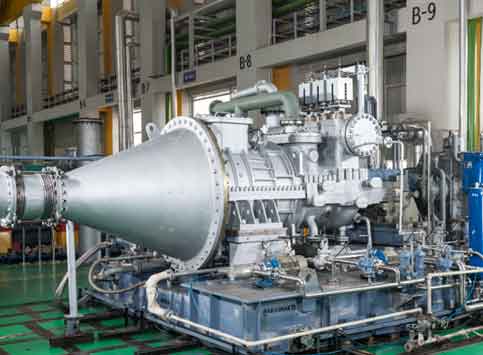
Single Cylinder design with Injection valve arrangement at a pre-determined pressure stage to Inject secondary steam. A partial steam flow is admitted to the Turbine at a pre-determined pressure stage. Injection valve controls Injection flow, pressure depending on Turbine load & admission flow variation. Injection valve comprises of Flow control valve, Pressure control valve, pressure sensors etc.
In some cases a nozzle/port is provided at a predetermined stage and an un-controlled high-pressure steam flow/bleed is drawn out of the turbine. Tap is provided before the controlled extraction stage in Turbine staging. Its utility is found mainly in LP heating requirements like de-aerator and heaters.
Injection condensing type turbines are used in where users will have multiple Steam sources at different pressure levels (Typically Cement Industries). These turbines are most useful to utilize Steams of different pressure parameters generated by utilizing Waste heats (eg Cement).
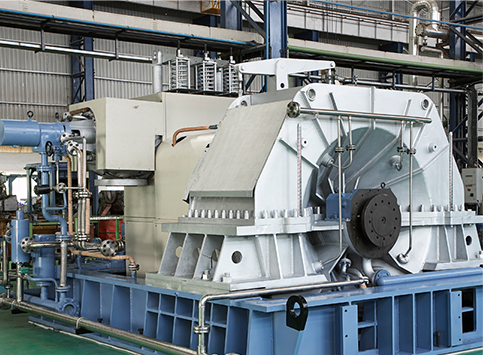
Dual Cylinder design basically consists of HP Back pressure module and LP bleed/ extraction Condensing module. Back pressure module will be with Geared version and Condensing shall be Geared/direct drive.
Both HP & LP Turbines can be provided with bleed provisions for Re-generative heaters.
Re-heat turbines are used in Thermal power generation and Solar power plants
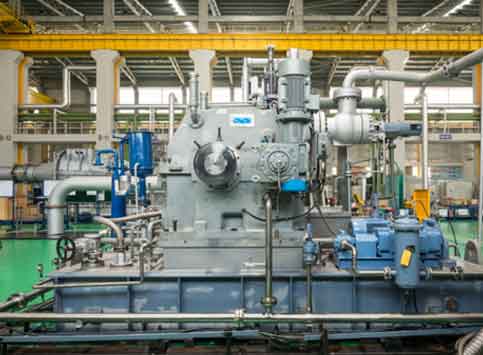
Typical Turbine exhaust orientation is radial in standard power plants whereas in Axial type, the steam exhaust is Axial ,parallel to the rotor axis and connected to the Axial surface condenser which is mounted on the same floor.